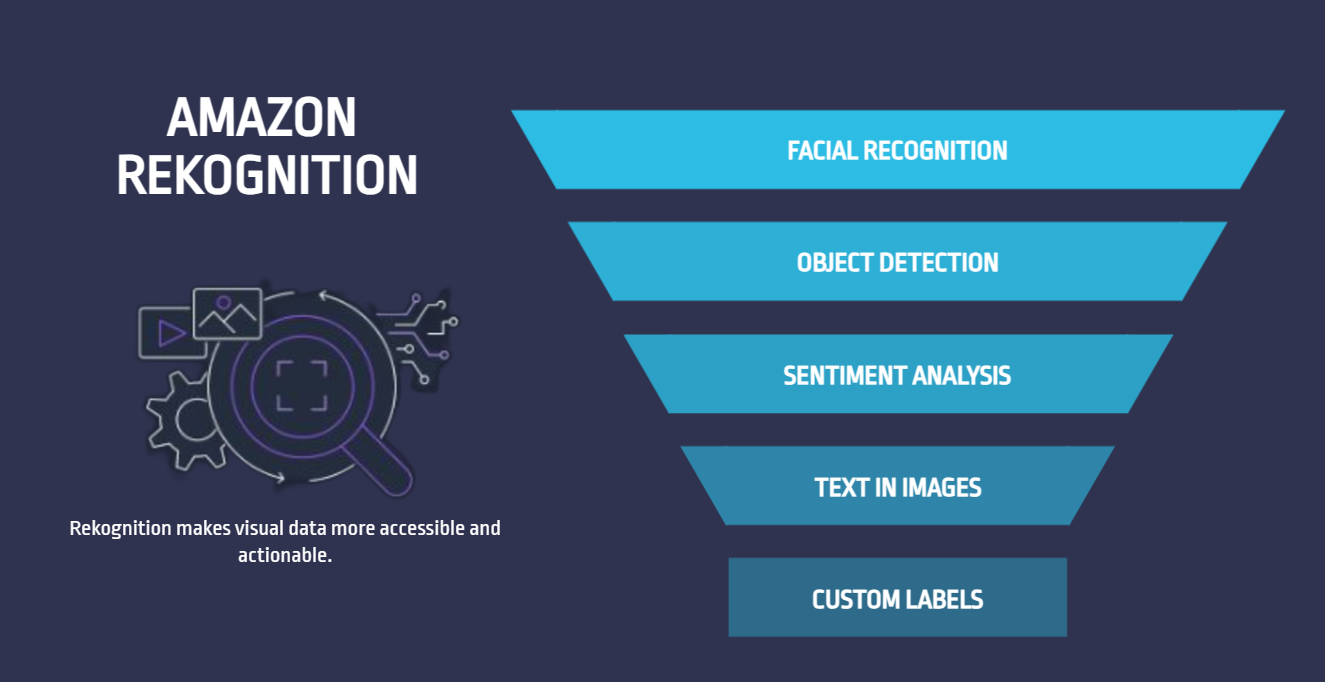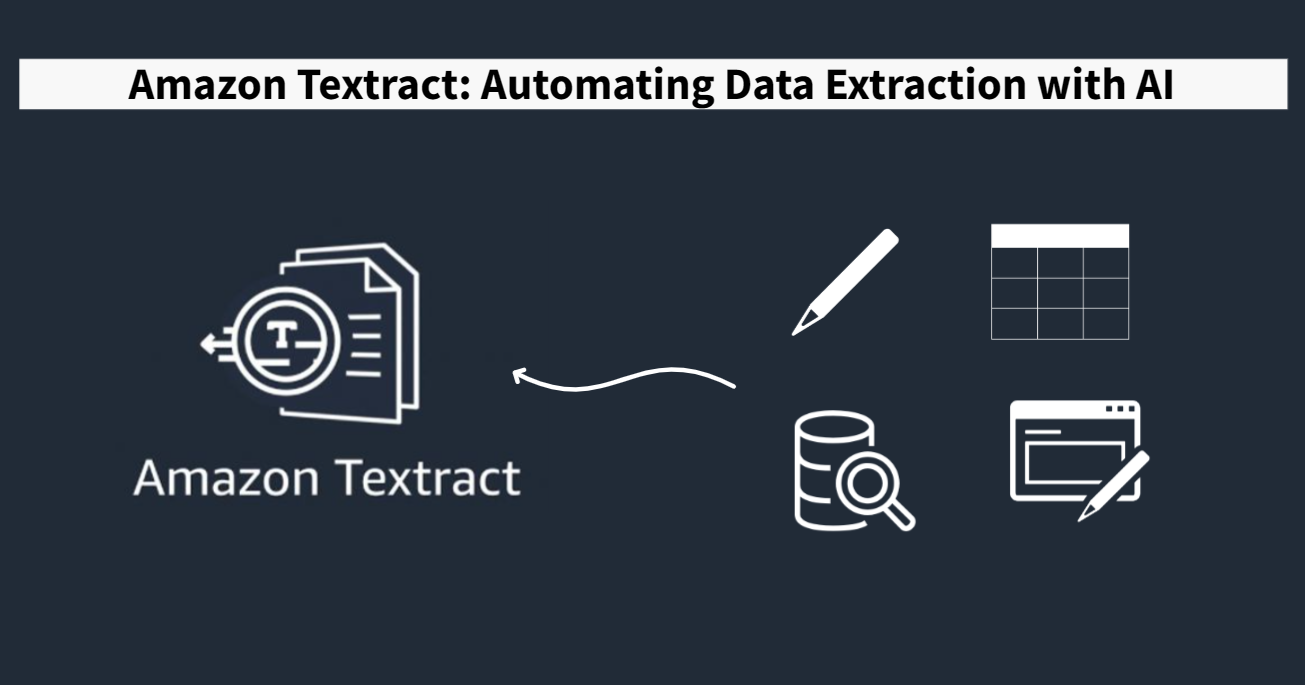Imagine a world where machines can understand and respond to human language as naturally as we do. This is not a distant dream, but a constantly evolving reality. In this post, we will dive into the fascinating universe of NLP, discovering its current applications and the trends that are shaping the future.
What is Natural Language Processing (NLP)?

NLP Models and Methods
Transformer Models
The emergence of transformer-based models such as BERT and GPT has significantly improved the capabilities of NLP by enabling better context understanding and language generation. These models have established new benchmarks in several NLP tasks.
Transfer Learning
Pre-trained NLP models can be tuned for specific tasks, reducing the need for large labeled data sets and speeding development. This approach is cost-effective and time-efficient, making advanced NLP accessible to more developers.
NLP Today
In business, NLP is used to automate customer service, analyze market trends and improve content recommendations. In education, it powers personalized learning experiences and grading systems. NLP applications are integral in sectors such as finance, where it helps in fraud detection, and in law, where it assists in the review and analysis of legal documents. Currently we can highlight the following uses:
Chatbots and Virtual Assistants

Feelings Analysis
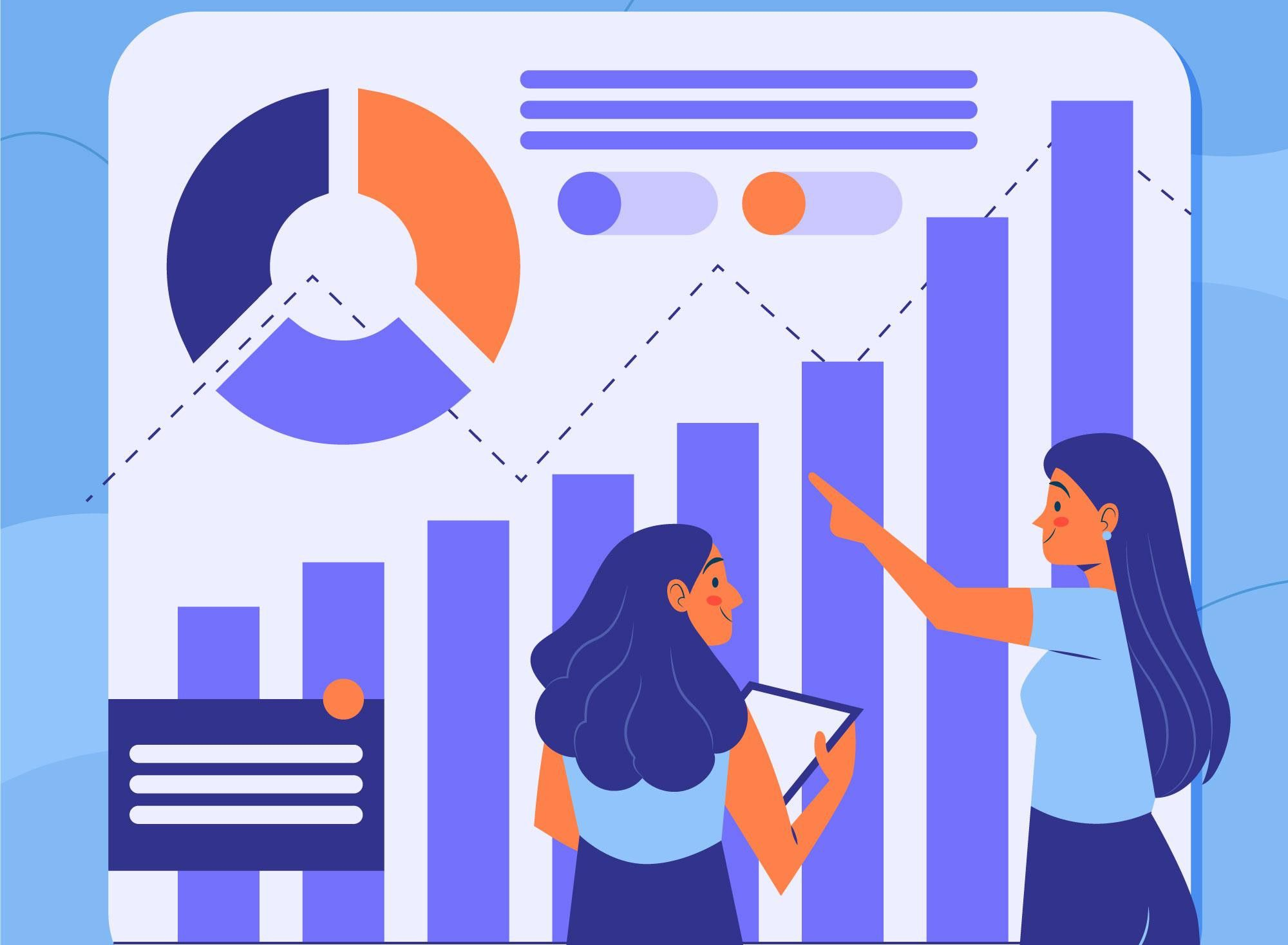
Automatic Translation
Ever wondered how Google Translate can translate text in real time? It uses NLP to break down language barriers and facilitate global communication. This technology is not only essential for international travelers and businesses, but is also opening up new opportunities for global collaboration.
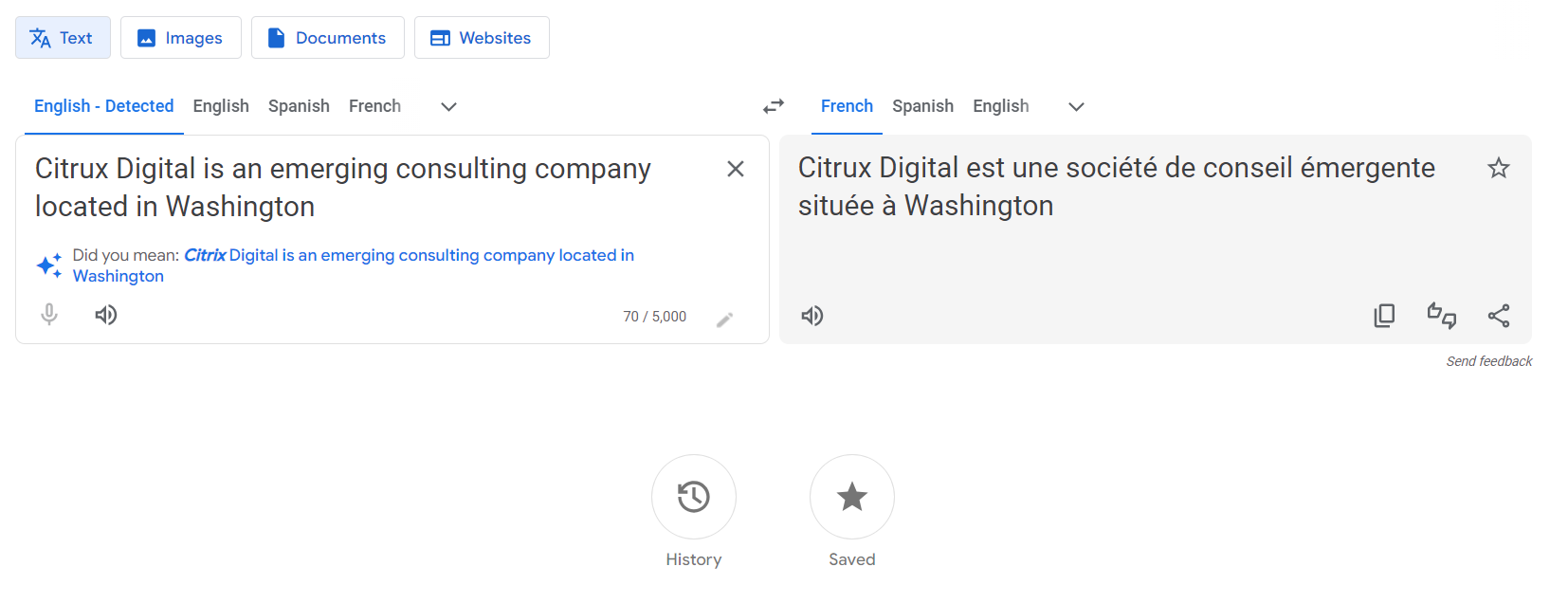
Text Classification
Categorizing text into predefined categories is useful in spam detection, sentiment analysis and content moderation. This helps automate the organization and management of large data sets.
Named Entity Recognition (NER)
Identifying and classifying entities such as names, dates and locations within text is essential for information extraction. NER is widely used in search engines, digital assistants and content curation.
Emerging Trends in NLP
Multilingual Models
Multilingual models are designed to understand and generate text in multiple languages simultaneously. These models are revolutionizing NLP by enabling more accurate translations and the ability to handle multiple languages with a single model, reducing the need to train separate models for each language.
Zero-Shot y Few-Shot Learning
Zero-shot and few-shot learning are gaining traction in the NLP field. These techniques allow models to understand and perform tasks with little or no specific supervision, based on knowledge gained from previous tasks. This improves development efficiency and reduces reliance on large labeled data sets.
External Knowledge Integration
The integration of external knowledge into NLP models is an emerging trend. Incorporating knowledge databases and ontologies allows models to access additional information, improving their ability to understand complex contexts and respond in a more accurate and relevant way.
Benefits of NLP
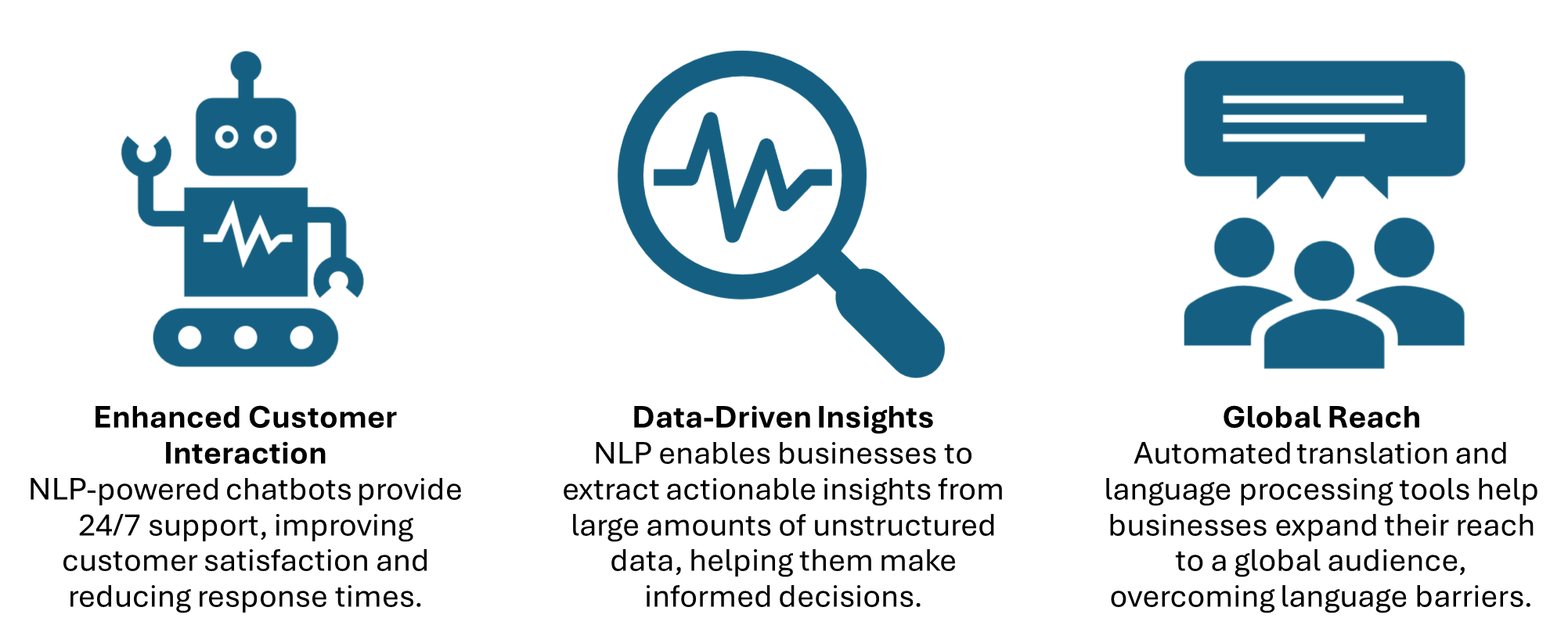
Challenges and Considerations
Most of the current challenges on IA are based on ethical considerations, such as:
Data Privacy
Ensuring the privacy and security of sensitive information processed by NLP systems is critical. Robust data anonymization techniques are essential to protect user data.
Bias Mitigation
Addressing biases in NLP models is crucial to promote fairness and accuracy. Continuously updating and monitoring models for biases and inaccuracies is necessary to maintain confidence in AI systems.
We have explored the current state and future trends of NLP, highlighting its transformative impact on various industries. As NLP technology continues to evolve, its potential applications are virtually limitless, promising a future where human-computer interaction is more natural and intuitive. Consider how NLP can be integrated into your business or field to realize its full potential.
✨ Stay up to date on the latest AI trends by subscribing to our newsletter. 🚀


